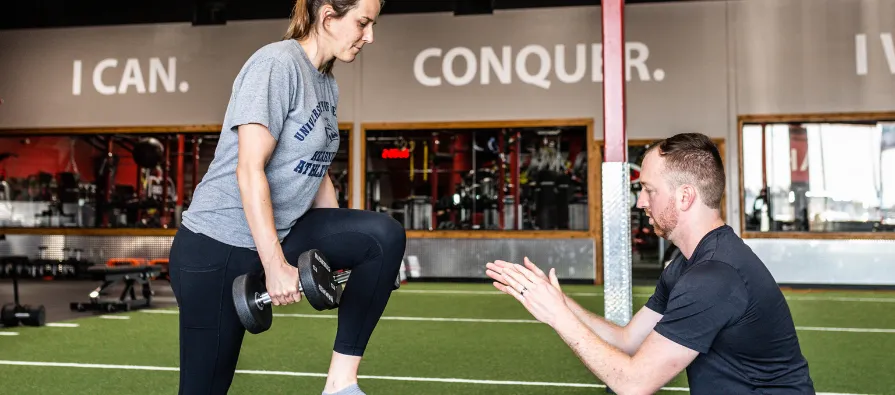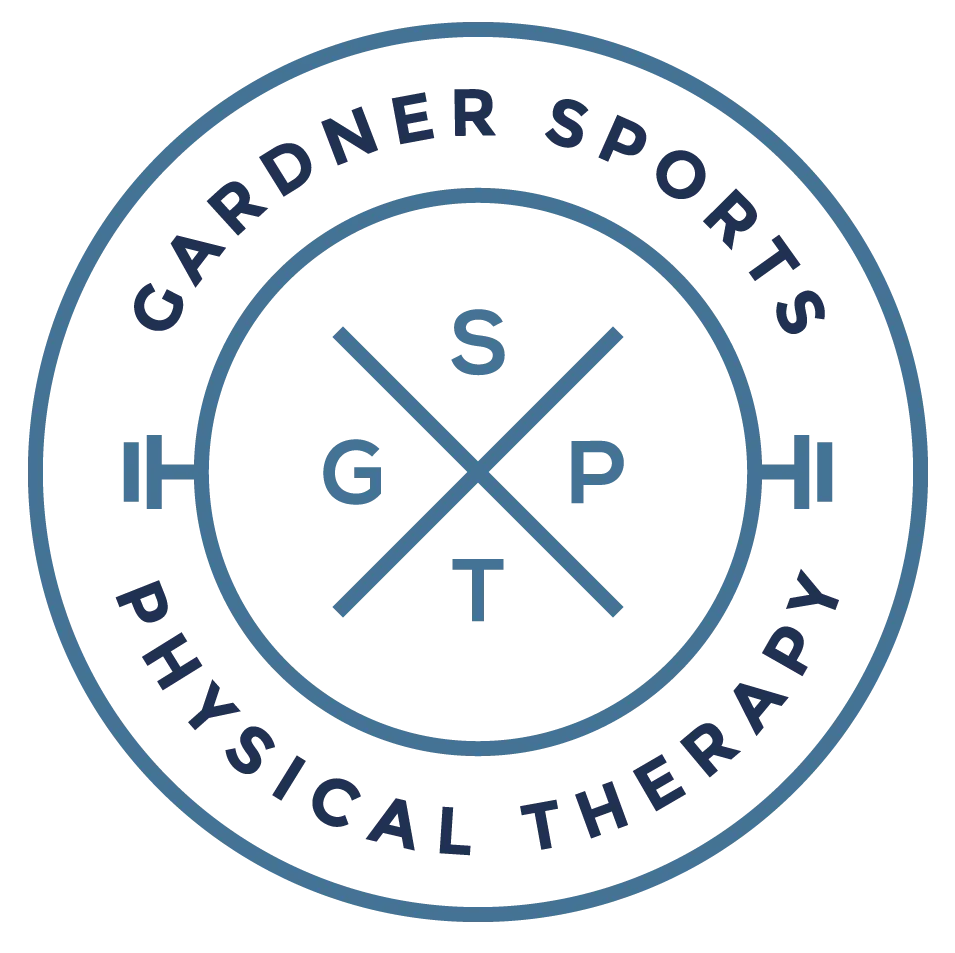Combat Sports Rehab In Temple

Combat sports have grown significantly in popularity over the years. Among them, Brazilian Jiu-Jitsu (BJJ) stands out as a discipline that merges strategy, strength, and technique. However, as with all physical activities, there is an inherent risk of injuries. Proper understanding, prevention, and treatment are crucial to keep athletes in optimal condition. In this context, physical therapy plays a pivotal role.
Common Combat Sports Injuries and the Role of Physical Therapy
Whether you’re an amateur or a professional, the physical demands of combat sports can lead to a range of injuries. Some of the most common include:
Sprains and Strains: Overstretching or tearing of ligaments and muscles.
Fractures: Breaks in bones due to high-impact or improper technique.
Dislocations: Joints forced out of their normal position.
Concussions: Traumatic brain injuries caused by blows to the head.
Contusions: Bruises resulting from direct blows.
Physical therapy provides a holistic approach to recovery. Therapists design customized plans that include exercises, stretches, and other techniques to accelerate healing, enhance mobility, and minimize the risk of future injuries.
Physical Therapy: An Integral Part of Recovery in Temple
For combat athletes, particularly those in Brazilian Jiu-Jitsu, injuries can hinder performance and progression. But physical therapy offers several benefits:
Restoration of Function: Therapists utilize modalities like massage, electrotherapy, and targeted exercises to restore joint and muscle function.
Improved Flexibility: Given the nature of combat sports, flexibility is crucial. Therapists introduce stretching regimens tailored to the athlete’s needs.
Strength Building: Progressive resistance exercises help in building strength, ensuring muscles can withstand future challenges.
Postural Education: For sports like BJJ, posture and technique are vital. Physical therapists can provide guidance on maintaining optimal postures during combat to prevent injuries.
Pain Management: Physical therapy offers natural ways to manage pain, reducing dependency on medications.
Brazilian Jiu Jitsu: Unique Demands and Injuries
Given its unique nature, BJJ practitioners are prone to certain injuries:
Ligament Tears: Especially in the knees and ankles. Guard positions and leg entanglements can place strain on these joints.
Elbow and Shoulder Injuries: Armbars and shoulder locks can lead to hyperextensions or strains if not tapped out promptly.
Neck Strains: Resulting from chokeholds or maintaining a defensive posture.
Cauliflower Ear: Repeated trauma to the ear can cause swelling and fluid buildup.
Physical therapy can address these injuries through targeted interventions, ensuring BJJ practitioners get back on the mat quickly and safely.
Preventive Measures in Combat Sports and BJJ in Temple
Prevention is always better than cure. Physical therapists can guide athletes on preventive measures:
Warm-Up Properly: A thorough warm-up increases blood flow and prepares the body for intense activity.
Technique Training: Proper technique minimizes the risk of self-inflicted injuries.
Strength and Conditioning: Builds muscle endurance and fortifies joints.
Regular Check-ups: Frequent assessments can detect and address potential issues before they become severe.
Combat sports, while exhilarating and rewarding, come with their fair share of risks. Brazilian Jiu-Jitsu, with its unique techniques and positions, presents its own set of challenges. Physical therapy offers a solution not just for recovery but also for optimal performance enhancement. With the right guidance, athletes can enjoy their sport with minimized risk and maximized potential.



